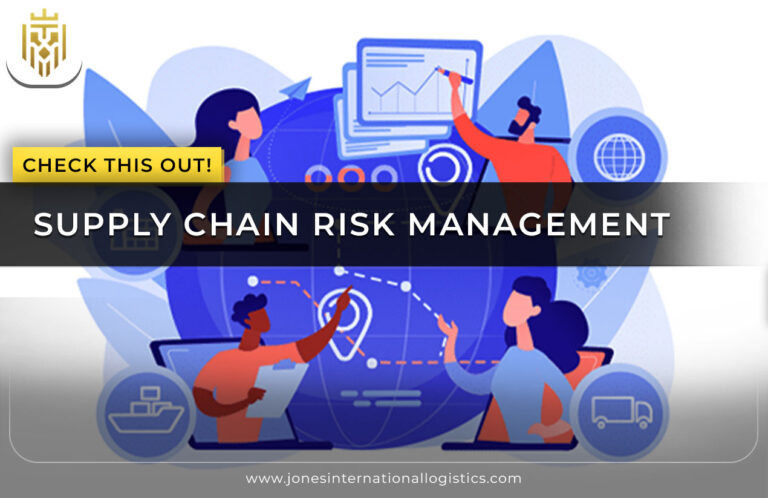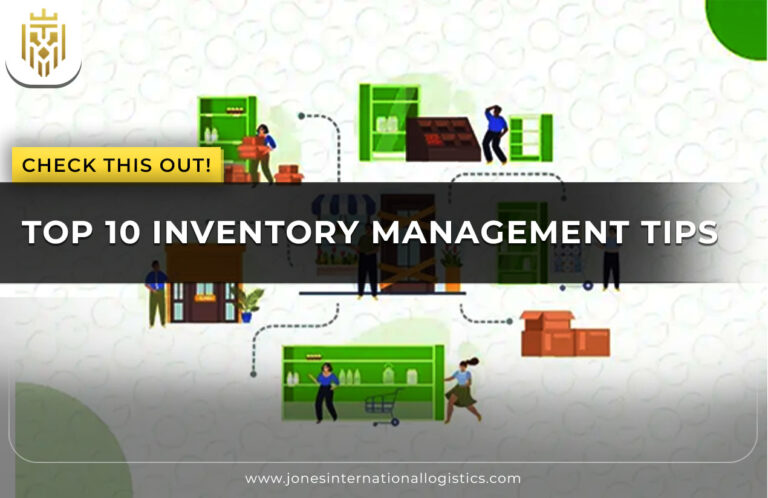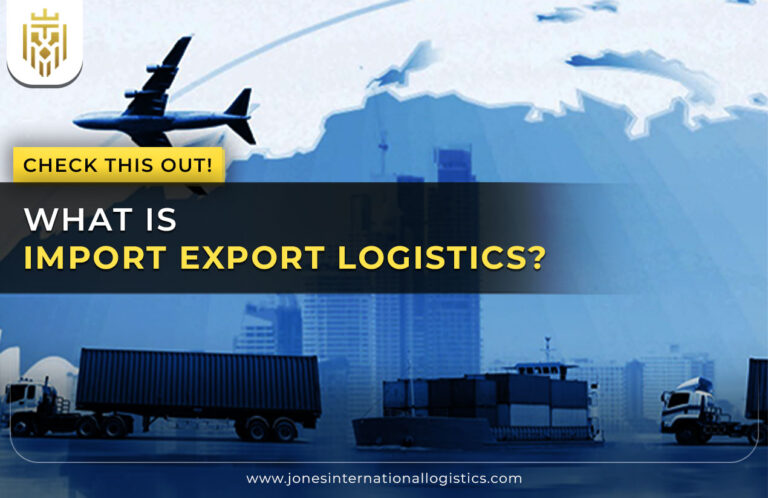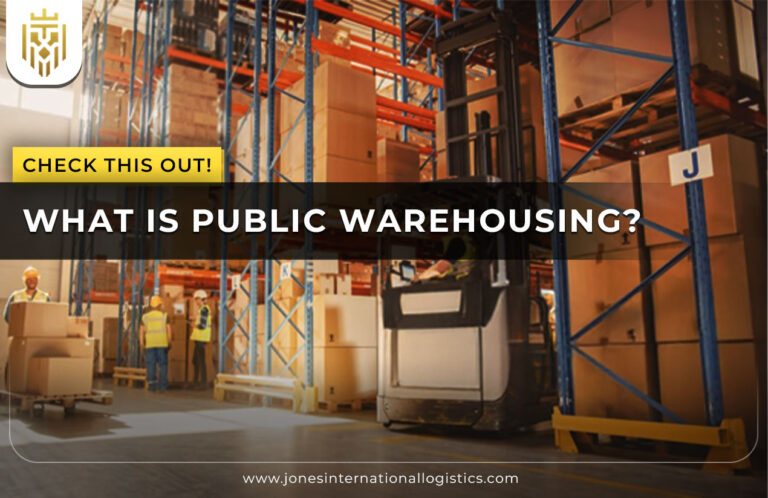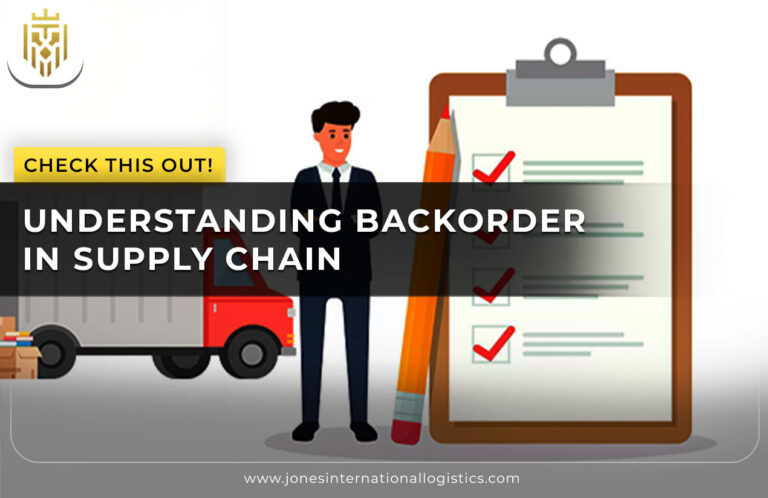What Is Supply Chain Network Optimisation?
Manufacturing optimisation is about gaining some improvements in order to become useful in an execution activity at maximum efficiency with respect to cost, speed, service, and sustainability.
Aligning plants
Location of manufacture is an important factor in location choice. The closer the plants are to suppliers or demand hubs, the more efficient the network becomes. Plant alignment thus results in reduced lead times and transportation costs with relatively less flexibility in supply.
Aligning warehouses
Warehouses are strategically located to allow for shorter delivery times, lower last-mile delivery charges, and ease in inventory distribution. Otherwise, poor location of warehouses would only invite delays in delivery time, high inventory carrying costs, and frequent stockouts.
Optimising transportation to maximise performance
Transportation is a huge chunk of supply chain spend. Optimising selection of carriers, freight consolidation, route planning, and scheduling for timely deliveries reduces costs and carbon emissions.
Understanding Impact on Cost Efficiency
Since network design influences operational cost, a supply chain structure aligning itself well with the network will help minimise handling, inventory, and freight costs, while ensuring no redundancy between facilities.
Changes on service levels
Network optimisation constitutes one of the processes that underpin delivery speed, accuracy, reliability, and overall concentration on customer satisfaction. Poor network design often results in late deliveries and lost service levels.
Difference in organisational agility
An agile supply chain is agile in responding to change, be it a demand surge, worldwide disruptions, or changes in supply constraints. Consequently, an optimised network is designed with considered flexibility so that the company can move faster.
Why Network Optimisation Matters

Improving how your supply chain is structured has far-reaching implications—here are some of the biggest reasons companies invest in network optimisation.
Cost Reduction
Operating expenses are always the first to be cut, and network optimisation supports such decisions in several respects.
Minimise transportation
Transportation costs are reduced through a much better routing option, consolidation of loads, and fewer empty miles.
Warehousing
Reducing the number/size of warehouses or locating them better, thereby saving costs on labour, energy, and real estate.
inventory expenses
Having the inventory better positioned reduces holding costs and shrinkage as well as buffer stock, while still assuring availability.
Gaining real‑time insight
The optimised network is powered by accurate data. It enables managers to view clearly through all nodes from suppliers to end customers and to make smarter and faster decisions.
Resilience & Agility
Global disruptions have exposed the inadequacies of rigid supply chains. Network optimisation introduces flexibility, thus helping them respond swiftly to unexpected events and shorten recovery time.
Competitive Advantage
Companies that optimise their networks consistently outperform those that don’t. They deliver faster, operate leaner, and adapt more easily to market shifts—gaining a stronger position in the marketplace.
Key Strategies for Optimising Your Network
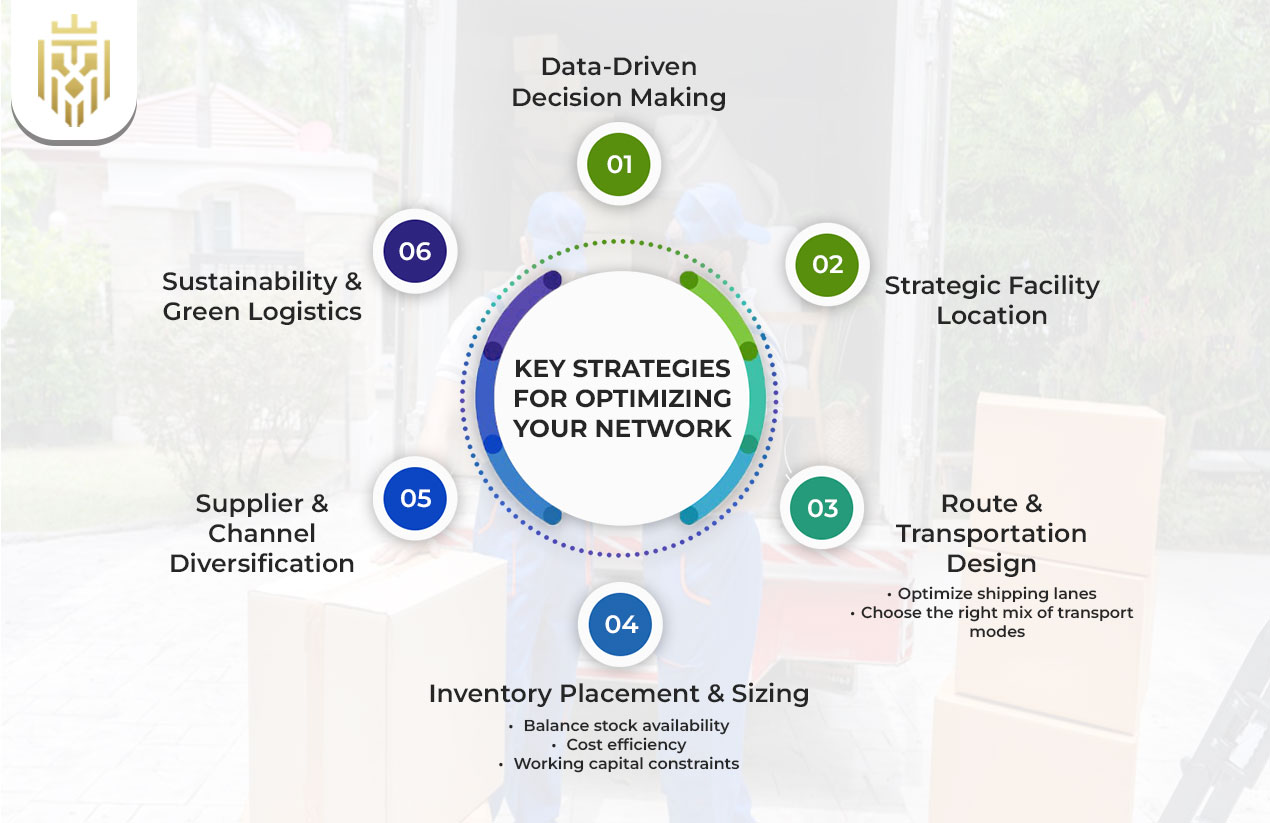
When it comes to strengthening your supply chain structure, these strategies form the foundation of effective network design and performance.
Data‑Driven Decision Making
Fighting for reliable data is one of the primary aspects of any optimisation exercise. Analysing the shipment history, flow of inventory, and demand for customers helps in designing a network that reflects reality.
Strategic Facility Location
Locating plants, warehouses, and distribution centres near important suppliers and markets diminishes costs and increases speed. The location choice must also consider access to labour, taxes, proximity to port, and local infrastructure.
Route & Transportation Design
Transportation is a major lever affecting the network performance.
Optimise shipping lanes
Needless mileage, fuel consumption, and delivery time can be variously cut by reviewing and redesigning shipping lanes.
Choose the right mix of transport modes
Road, rail, air, and sea have to be blended most of the time as a trade-off between cost and time. Depending on the product, geography, and customer expectations, the right blend shall be determined.
Inventory Placement & Sizing
What you sell is just as important as where and how much you stock.
Balance stock availability
Placing stock closer to demand zones helps improve service levels and reduces backorders.
Cost efficiency
Avoiding overstocking leads to a reduction in carrying cost by minimising safety stock.
Working capital constraints
Conservation of working capital is possible with efficient use of inventory, allowing investment for growth or innovation.
Supplier & Channel Diversification
Too much risk is introduced by reliance on a single supplier or single channel of distribution. Having a diversified network brings in resilience and sustains supply even when one route fails.
Sustainability & Green Logistics
Improving the network also helps the goal of sustainability. Shorter routes, fewer emissions, energy-saving installations, and load planning all minimise the environmental impact.
Technologies Transforming Network Optimisation

Modern tools are helping businesses fine-tune their supply chains faster and more precisely than ever before.
Advanced Analytics & AI
Using predictive analytics and ML algorithms, future scenarios can be simulated, and network adjustments can be recommended for cost minimisation and performance maximisation.
IoT & Real‑Time Visibility
Smart sensors detect goods in transit or keep warehouses under surveillance, giving real-time data for better responsiveness.
Digital Twins & Simulation
A digital twin is the virtual replica of one’s supply chain network. It allows one to model changes, test out new strategies, and understand impacts prior to making any real-world moves.
Collaborative Data Platforms
Cloud-based platforms link suppliers, logistics partners, and internal teams in real time, creating transparency across the network and facilitating coordination.
Industry Trends Shaping the Future
Staying ahead means keeping pace with what’s coming next. These trends are already reshaping how supply chain networks are designed and optimised.
Evolution toward autonomous planning
Autonomous planning and decision-making empowered by AI are on the rise, minimising the manual workload in favour of expeditious data-driven decision-making.
Smart warehouses
Using automation, robotics, and smart technologies, warehouse operations are being transformed to make them more efficient, secure, and precise.
Shift to electric fleets
Due to concern for the environment, companies are incrementally moving toward electric delivery vehicles to reduce emissions and fuel costs.
Emphasis on resilience
Supply chains post-pandemic are designed with disruption in mind. Flexibility and risk management have stepped into the limelight in network design.
Common Challenges & How to Overcome Them
Even the best plans can hit snags—here’s how to navigate the most common barriers to successful optimisation.
Data Complexity
Supply chain data emanates from numerous sources and in various formats. To standardise and integrate data is often the very first hurdle, but it is largely important for analysis to be accurate.
Cost vs Service Trade-offs
An improvement in service usually means increased cost, and vice versa. The key should then be to strike an equilibrium that will meet business objectives without hampering profits.
Disruption Vulnerability
From political upheaval to extreme weather occurrences, supply chains are forever being threatened. Constructing redundancy and an alternative routing system within the network offers mitigation to those risks.
Step‑by‑Step Guide to Network Optimisation
The path to an optimised supply chain isn’t a one-time fix—it’s an ongoing process. Here’s how to approach it with structure and clarity.
Map your current network.
Start by mapping the existing supply chain network, including facilities, routes, suppliers, inventory locations, and customer base.
Gather and analyse performance and cost data.
In the study of transportation expenditure, inventory turnover, service metrics, and operational costs, the improvements lie.
Run simulations
Use modelling tools or digital twins to test new scenarios—for example, warehouse closure or freight rerouting—and evaluate outcomes.
Pilot improvements
Sometimes, a lab test on a small geographic area could be very reasonable, such as running an alternate regional shipping lane or integrating a new supplier.
Scale successful changes and measure via KPIs
Upon proving that changes have brought about a positive effect, broader implementation of those changes can begin, as well as the monitoring using KPIs.
FAQs
1) What’s the goal of network optimisation?
To increase efficiency, reduce costs, and improve service quality all across a supply chain network.
2) How does digital twin technology help?
It generates the virtual model of the supply chain so that a change can be tested for analysis before the actual one is implemented.
3) Is network optimisation only for large companies?
No. Better network design can benefit all companies, including local distribution and global logistics.
4) How often should optimisation be revisited?
At least once a year, or whenever demand, operations, or market conditions experience significant changes.
5) How does network design support sustainability goals?
By shortening distances for transportation, facilitating efficient loading, and supporting environmentally friendly logistics, like electric fleets and smart routing.

